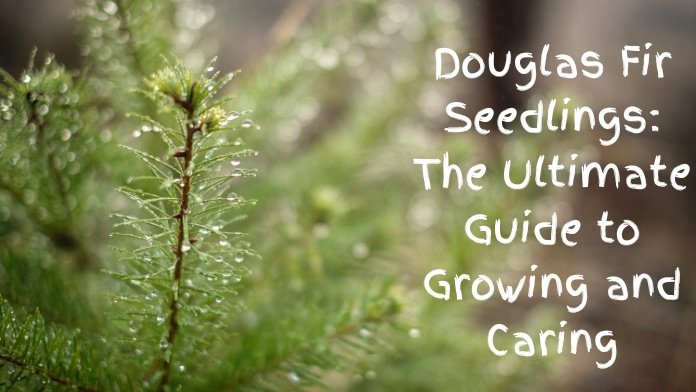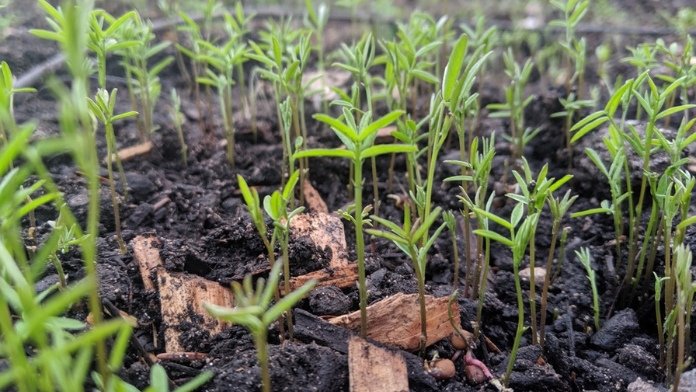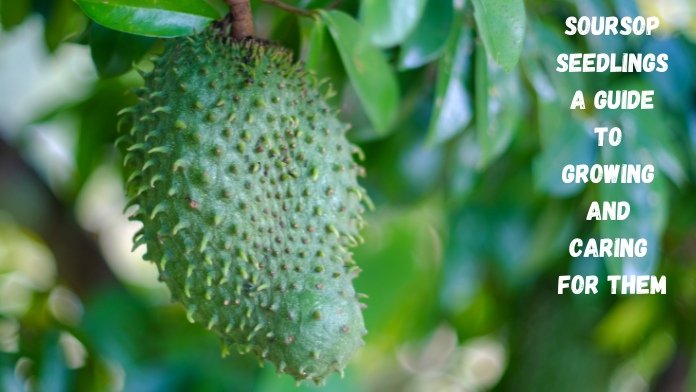
Oregano forms a low cluster of small, fragrant leaves and bears attractive pink or white flowers about 1 foot (30 cm) long in summer. It is a perennial plant that lives for many years and is generally hardy enough to survive British winters if grown in warm, sunny locations. Today, we will learn about Oregano Seedling Growth Stages.
Oregano seedlings
Oregano seeds are tiny but grow on plants up to 1 foot tall and 2 feet wide. Although oregano is a perennial, it will die in cold winters and return in spring. Oregano seeds can be sown indoors 8 to 10 weeks before the last spring frost. They need light to germinate. Lightly cover the seeds with a growing medium. Keep seeds moist and soil temperatures between 65º and 70º F for successful germination.
Once the seeds have germinated, water the seedlings from below to keep the soil moist and prevent them from getting soggy.
Where to grow oregano
Oregano can be grown anywhere in the United States, from root divisions to seeds planted in early spring. It is a comprehensive herb and not very suitable for growing indoors.
Different Stages of Oregano Seedling Growth
Vegetative stage
Leaf Growth: Seedlings will grow more leaves and establish a root system.
Pruning and Thinning: Prune oregano plants regularly to encourage bushy growth and remove weak or crowded plants.
Nutrient Requirements: Provide a balanced fertilizer to support healthy leaf development.
Flowering Stage
Flower Development: Oregano plants will begin to produce small, white flowers as they mature.
Harvesting: You can start harvesting when the leaves and flowers reach the desired size and fragrance.
Seed collection: Let some flowers mature and produce seeds for future planting.
7 Tips for Growing Oregano from Seed
Choose between Seeds or Cuttings.
Oregano can be grown from seed or cuttings, so if you already have some oregano plants, you may want to use cuttings instead of buying new seeds. You can usually expect about ¼ of the seeds not to germinate when using seeds, so you may want to plant a few.
Select your Planting Location.
Oregano likes sunlight and well-draining soil, so you should choose a planting site with both characteristics. If you live in a more remarkable part of the world, you should plant your plant indoors and move it outside when the weather warms.
Soil Preparation and PH for Oregano Plants
When growing oregano plants, provide them with average, well-draining sandy or clay soil. The soil should measure between 6.5 and 7.0 on the pH scale. If you need help with your soil’s pH level, you can find a simple and inexpensive soil test kit at your local garden center.
Plant Early to Get a Head Start
You can plant oregano 6 to 10 weeks before the last expected frost in the spring. However, in colder regions or during cold snaps, you may want to protect your plants with a layer of straw.
Instead of straws, you can use sheets, blankets, or plastic sheets. To prevent damage to budding plants, you can use stakes to cover up.
Plant and Care for your Oregano
You want to plant the seeds about ¼ inch (0.64 cm) deep and bury the cuttings ½ inch (1.3 cm) deep. You must be patient while waiting for your plants to emerge from the soil, as seeds often germinate slowly, although when planted indoors, you may find that seeds germinate in less time.
You should avoid using seeds that have been stored for a long time. With time, the probability of seed germination decreases.
Cut Strips of their Leaves at the End for Planting
Plants usually take 5 to 10 days to sprout from the soil. However, depending on soil quality, sunlight, and watering frequency, oregano may take longer or longer.
Oregano Water and Nutrition
During the first few months of growth, water your plants regularly to get them started. Once established, you can reduce the amount of water. Check if your plant needs water by touching the soil around it. If it feels dry, you should water the area thoroughly. Adding too much nutrients, such as nitrogen, can alter plant motility and flavor.
Young Oregano Seedlings
Oregano seeds need light to germinate, so cover them lightly with soil. Use a seed mix in a small container and keep it moist but not wet. Place the container warmly (about 70 degrees F) under bright, indirect light. Germination should occur within a week.
Oregano Harvesting
Oregano plants reach maturity 80 to 90 days after sowing, but you can start harvesting leaves in 6 to 8 weeks. Harvest oregano leaves by pinching or cutting a branch just above a leaf node, being careful not to cut more than a third of the branch or plant at a time.
Harvesting of leaves and stem tips should begin when the plants are in the flowering stage, about 4 to 10 inches above the ground.
Planting Oregano Seedlings Indoors and Outdoors
If you plan to grow oregano indoors, choose a pot about 1 foot (30.5 cm) in diameter. This will give your plant enough room to grow.
Once your oregano seedlings are several inches tall and have at least four true leaves, you can begin preparing your plants for planting.
Tender herb seedlings need time to acclimate to outdoor conditions. Put the plants outside and harden them off in a week or two. Take your time and make sure the weather is above 60°F before transplanting—plant in full sun.
Growing Oregano in Pots
To grow oregano from seeds, fill small pots with peat-free seed compost and water and allow the compost to drain.
- Fill the pot with a well-draining organic potting mix.
- Place the oregano plant on top of the soil and cover lightly with more soil.
- Water gently to moisten the soil without displacing the seeds.
- Place the container in a location that receives at least 6 hours of sunlight daily.
How to Dry and Store Oregano
Oregano’s aroma is most intense in midsummer, so this is the perfect time to harvest and dry the herb. “When you collect oregano pods, tie them loosely and hang them on a drying rack for about two weeks until completely dry. Then, remove the leaves and shred them into a jar for storage. Store dried oregano in an airtight container until you can use it.
Oregano Plant Pests and Disease
Oregano is generally healthy and productive when grown in a warm, sunny location. Most varieties are hardy but need well-drained soil or compost to survive outdoor British winters, as their roots can rot in cold, wet conditions.
Some pests and diseases can occasionally affect oregano, including:
- mint beetle
- Mint oxide
- Sage and Ligurian grasshopper
Varieties of Oregano Plant
Several varieties of oregano plants vary in height, color, flavor, and aroma. These are some of our favorite picks for growing oregano plants.
Common Oregano: The most common type of oregano, primarily found in Italian cuisine.
Golden Oregano: An edible variety of oregano that produces beautiful golden leaves.
Kent Beauty: A tender perennial used for ornamental rather than culinary use. It produces attractive pink and purple flowers that attract bees.
Conclusion
Different stages of oregano seedling growth are essential for successful plant care. Each stage requires specific attention and care to ensure your oregano plant thrives from seed to maturity. Follow the advice outlined in this guide and provide proper care for your oregano plants. You will be able to enjoy a bountiful harvest of fresh oregano leaves. Happy gardening!
FAQ
How Long does Oregano take to Grow from Seed?
Days to germination: 7-14 days at 65–70°F (18–21°C). When the seedling has four true leaves. When the danger of frost has passed in the spring, transplant outdoors, spacing plants 12″ apart and 18″ apart in rows.
When to Plant Oregano Seedlings
Oregano can be transplanted when it reaches the 4 to 6-week stage, and its seedlings have at least four true leaves. Outdoor soil should be around 70°F, so oregano is usually planted after the last spring frost—transplant outdoors and space 6 to 8″, 12 to 18″ apart in rows.
How can I Grow Oregano Fast?
Water newly planted oregano regularly for at least the first summer.
Padding and feeding. Apply a thick layer of garden compost or gravel around plants in spring to prevent soil from drying out in hot weather.
RELATED POSTS
View all


